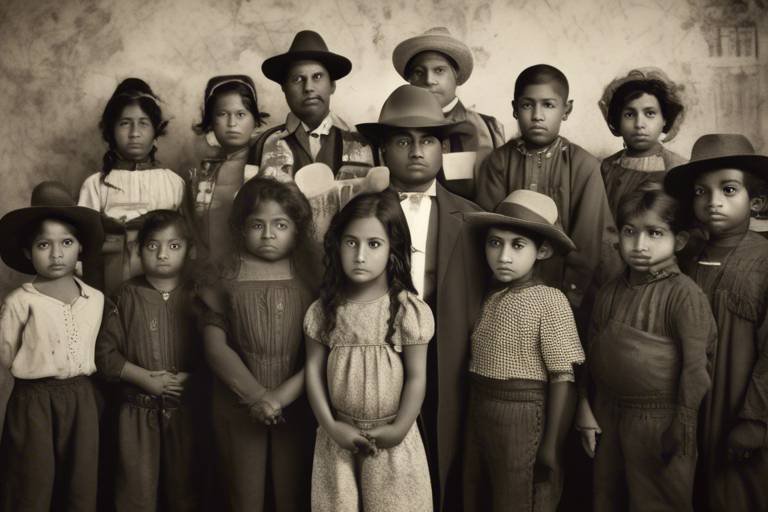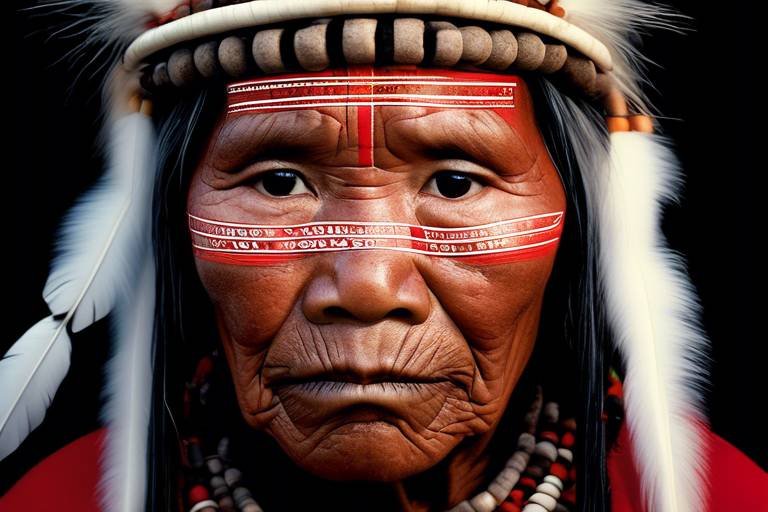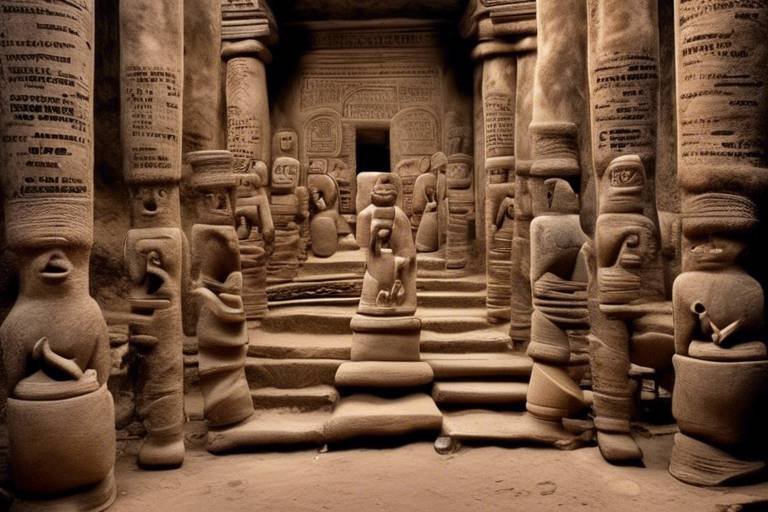The Impact of Historical Events on Art Movements
Exploring how significant historical events have influenced the evolution and direction of various art movements throughout history is like tracing the intricate threads of a tapestry woven by time itself. Just as a gentle breeze can sway the branches of a tree, historical events have swayed the course of art movements, shaping them in profound ways. From the majestic Renaissance to the rebellious street art of today, each movement carries the echoes of its era, reflecting the hopes, fears, and dreams of society at that moment.
The Renaissance period stands as a testament to the power of humanism, a revival of classical ideals that celebrated the beauty and potential of humankind. Artists of this era, such as Leonardo da Vinci and Michelangelo, sought to capture the essence of humanity through their works, creating masterpieces that exuded grace, intellect, and emotion.
Baroque art, on the other hand, emerged in response to the Catholic Church's Counter-Reformation, a period of intense religious fervor and spiritual renewal. Baroque artists like Caravaggio and Bernini used dramatic lighting and emotive compositions to evoke a sense of divine presence, inviting viewers to experience the sacred in a visceral way.
Impressionism, born out of the industrial revolution, captured the bustling energy of urban life and the changing landscapes of a rapidly modernizing world. Artists like Monet and Renoir embraced the fleeting nature of light and color, painting en plein air to capture the essence of a moment in time.
Abstract Expressionism, emerging in the aftermath of World War II, reflected the turmoil and existential angst of a shattered world. Artists like Jackson Pollock and Willem de Kooning used non-representational forms and gestural brushwork to express raw emotion and inner turmoil, creating works that were deeply personal and introspective.
Pop Art, a product of the consumer culture of the 1950s and 60s, challenged traditional notions of art by incorporating imagery from advertising and popular culture. Artists like Andy Warhol and Roy Lichtenstein blurred the lines between high and low culture, elevating everyday objects to the realm of art and critiquing the commodification of society.
Minimalism, a response to the technological advancements of the Space Race, embraced simplicity and purity in form. Artists like Donald Judd and Sol LeWitt created geometric compositions that emphasized the relationship between art and space, inviting viewers to contemplate the essence of form and materiality.
Postmodernism, in the age of globalization, questioned the very foundations of art by challenging notions of authorship, originality, and authenticity. Artists like Cindy Sherman and Jeff Koons embraced pastiche and irony, blurring the boundaries between high and low culture to reflect the fragmented and interconnected nature of contemporary society.
Street art, a form of social activism, has emerged as a powerful voice for marginalized communities, addressing issues of politics, inequality, and environmental justice. Artists like Banksy and Shepard Fairey use public interventions and graffiti to challenge dominant power structures and amplify the voices of those often unheard.

The Renaissance and Humanism
Exploring how significant historical events have influenced the evolution and direction of various art movements throughout history, shaping artistic styles, themes, and techniques in response to societal changes and cultural shifts.
The Renaissance period was a transformative era deeply influenced by the revival of classical humanist ideals. It marked a rebirth of creativity and innovation, celebrating human potential, beauty, and intellect. Artists of the Renaissance embraced a renewed interest in the human form, perspective, and naturalism, creating masterpieces that reflected the ideals of humanism.
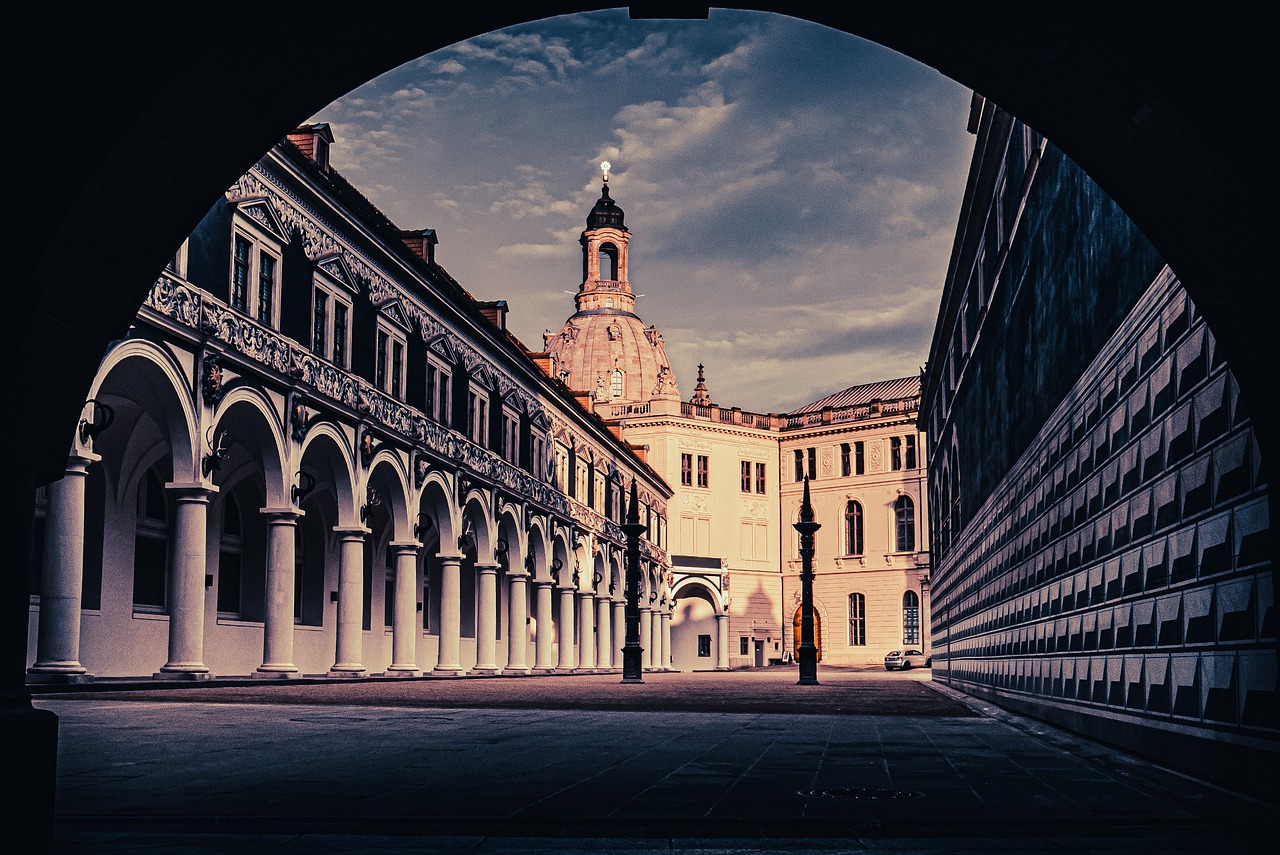
Baroque Art and the Counter-Reformation
Baroque art emerged as a direct response to the cultural and religious shifts brought about by the Counter-Reformation, a movement within the Catholic Church aimed at combating the spread of Protestantism. During this period, artists sought to convey the emotional intensity and spiritual fervor of the Catholic faith through their works. One of the defining characteristics of Baroque art was the dramatic use of light and shadow, known as chiaroscuro, which created a sense of depth and drama in paintings and sculptures.
Artists of the Baroque period, such as Caravaggio and Gian Lorenzo Bernini, used these techniques to evoke powerful emotions in viewers and inspire a sense of awe and reverence. The emphasis on dynamic compositions, theatricality, and naturalism in Baroque art reflected the desire to engage the viewer on a visceral level and convey the grandeur and majesty of the Catholic Church.
Furthermore, Baroque art often featured religious themes and narratives, with artists depicting scenes from the Bible, saints, and martyrs in a way that resonated with the spiritual fervor of the Counter-Reformation. The use of intense colors, intricate details, and elaborate ornamentation in Baroque works symbolized the richness and complexity of the Catholic faith, inviting viewers to contemplate the mysteries of divine grace and salvation.

Impressionism and Industrialization
Exploring how significant historical events have influenced the evolution and direction of various art movements throughout history, shaping artistic styles, themes, and techniques in response to societal changes and cultural shifts.
The Impressionist movement emerged during a time of rapid industrialization in the 19th century, when cities were expanding, factories were booming, and the landscape was transforming. Artists of this period sought to capture the effects of these changes on society through their paintings, moving away from traditional, detailed depictions towards more spontaneous and atmospheric representations.
Impressionist artists, such as Claude Monet and Edgar Degas, focused on capturing the fleeting moments of everyday life in the midst of industrial growth. They painted scenes of bustling city streets, crowded train stations, and vibrant cafes, using loose brushstrokes and vibrant colors to convey the energy and dynamism of modern urban existence.
The Industrial Revolution brought about a shift in the way people lived and worked, and Impressionist painters were keen observers of these changes. They depicted the impact of industrialization on the environment, showing smoke-filled skies, polluted rivers, and the encroachment of factories on rural landscapes.
Furthermore, the advent of photography during this period influenced the Impressionists' approach to painting. They sought to capture the essence of a scene rather than its precise details, much like a snapshot taken with a camera, resulting in artworks that emphasized light, color, and atmosphere over strict realism.
In conclusion, Impressionism was a direct response to the industrialization of the 19th century, reflecting the evolving urban landscape, changing social structures, and the fast-paced nature of modern life. Through their innovative techniques and focus on capturing fleeting moments, Impressionist artists created a new visual language that continues to inspire and influence art to this day.
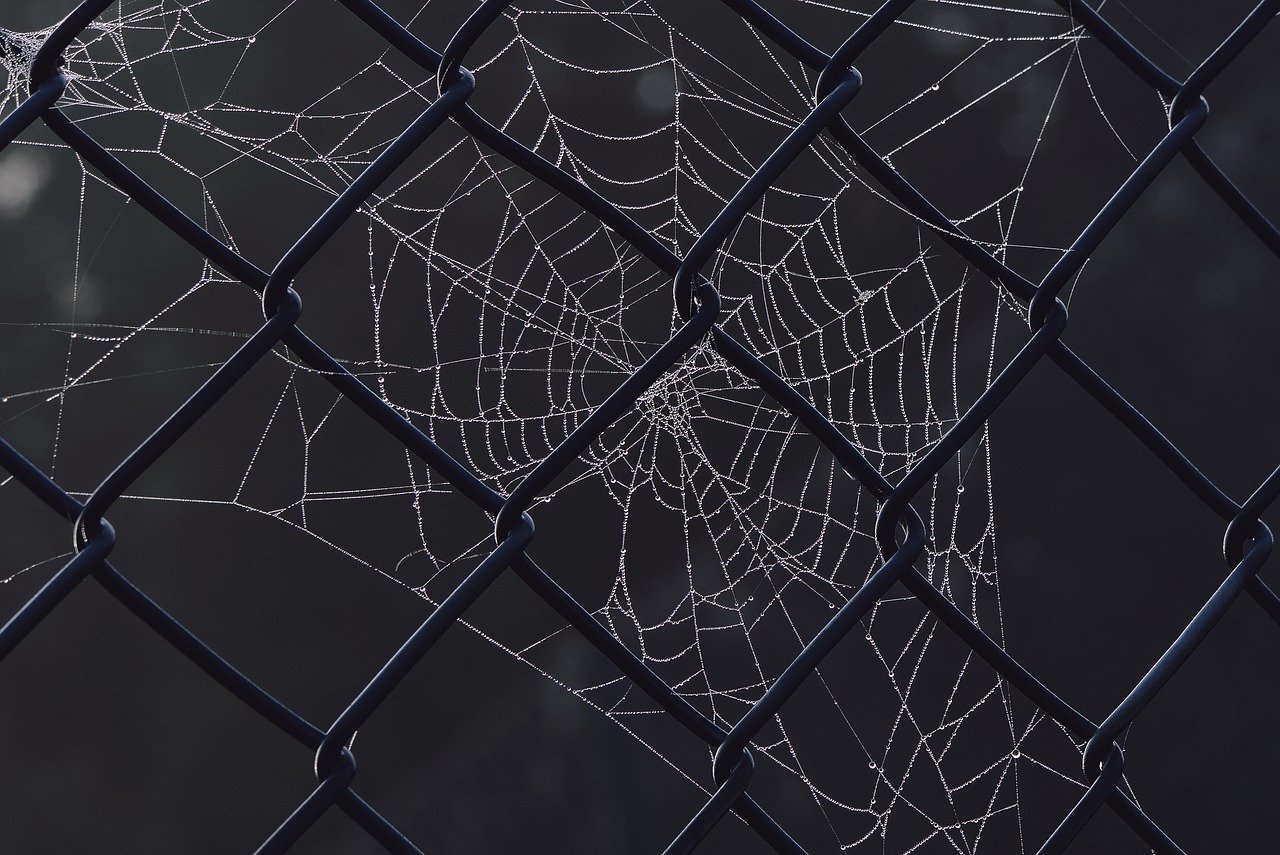
Abstract Expressionism and World War II
Abstract Expressionism, a prominent art movement that emerged in post-World War II America, is deeply intertwined with the socio-political context of the time. The devastation and trauma of the war left a profound impact on artists, leading to a shift towards non-representational forms and a focus on conveying raw emotions and existential angst.
Characterized by spontaneous gestures, emotional intensity, and a rejection of traditional artistic conventions, Abstract Expressionist artists sought to express the complexities of the human experience in a world shattered by conflict. The movement was a visceral response to the horrors of war, offering a means of grappling with the existential questions that arose in its aftermath.
The chaotic and turbulent nature of Abstract Expressionist works, with their bold brushstrokes, intense colors, and dynamic compositions, mirrored the upheaval and uncertainty of the post-war era. Artists such as Jackson Pollock, Willem de Kooning, and Mark Rothko became pioneers of this new artistic language, pushing boundaries and challenging the status quo.
Through their abstract forms and expressive techniques, Abstract Expressionists delved into the depths of the human psyche, exploring themes of alienation, anxiety, and the search for meaning in a world fraught with instability. The movement not only revolutionized the art world but also served as a cathartic outlet for artists grappling with the psychological aftermath of the war.
In conclusion, Abstract Expressionism stands as a testament to the transformative power of art in times of crisis, offering a poignant reflection of the profound impact of World War II on the artistic landscape of the mid-20th century.
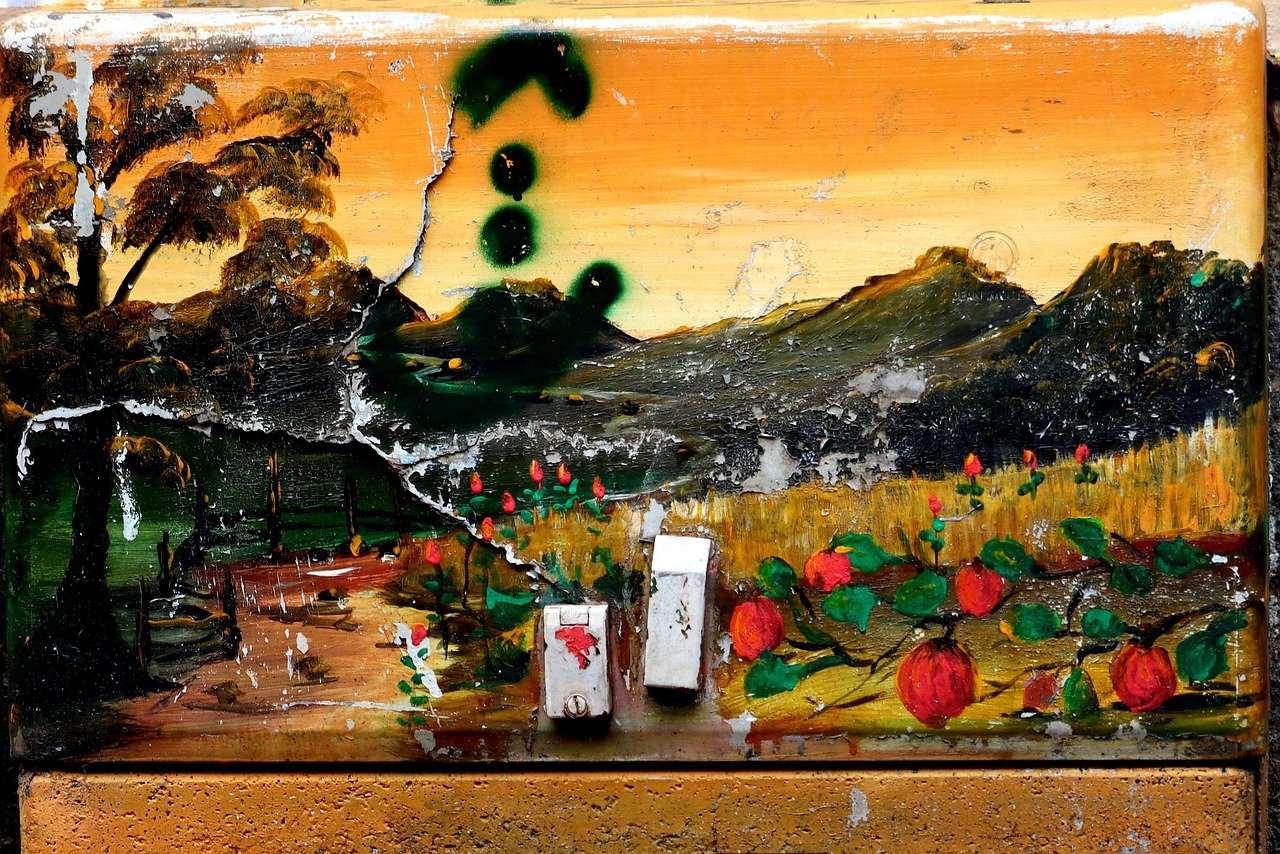
Pop Art and Consumer Culture
Pop Art emerged in the 1950s and 1960s as a response to the growing consumer culture and mass media saturation of the post-war era. Artists like Andy Warhol, Roy Lichtenstein, and Claes Oldenburg embraced popular imagery from advertisements, comic books, and everyday consumer products, blurring the lines between high art and mass culture.
By incorporating familiar images and objects into their artwork, Pop artists sought to challenge traditional notions of art and elevate the mundane to the realm of fine art. The movement celebrated the ordinary and the everyday, transforming mass-produced goods into symbols of artistic expression.
One of the key aspects of Pop Art was its critique of consumerism and materialism in society. Through their artwork, Pop artists highlighted the pervasive influence of advertising, consumer goods, and celebrity culture on everyday life, inviting viewers to reexamine their relationship with the products and images that surrounded them.
Pop Art also played a significant role in democratizing art, making it more accessible and relatable to a wider audience. By drawing inspiration from popular culture and consumer products, Pop artists challenged the elitism of the art world and brought art closer to the people, inviting them to engage with contemporary issues and social commentary in a visually engaging way.
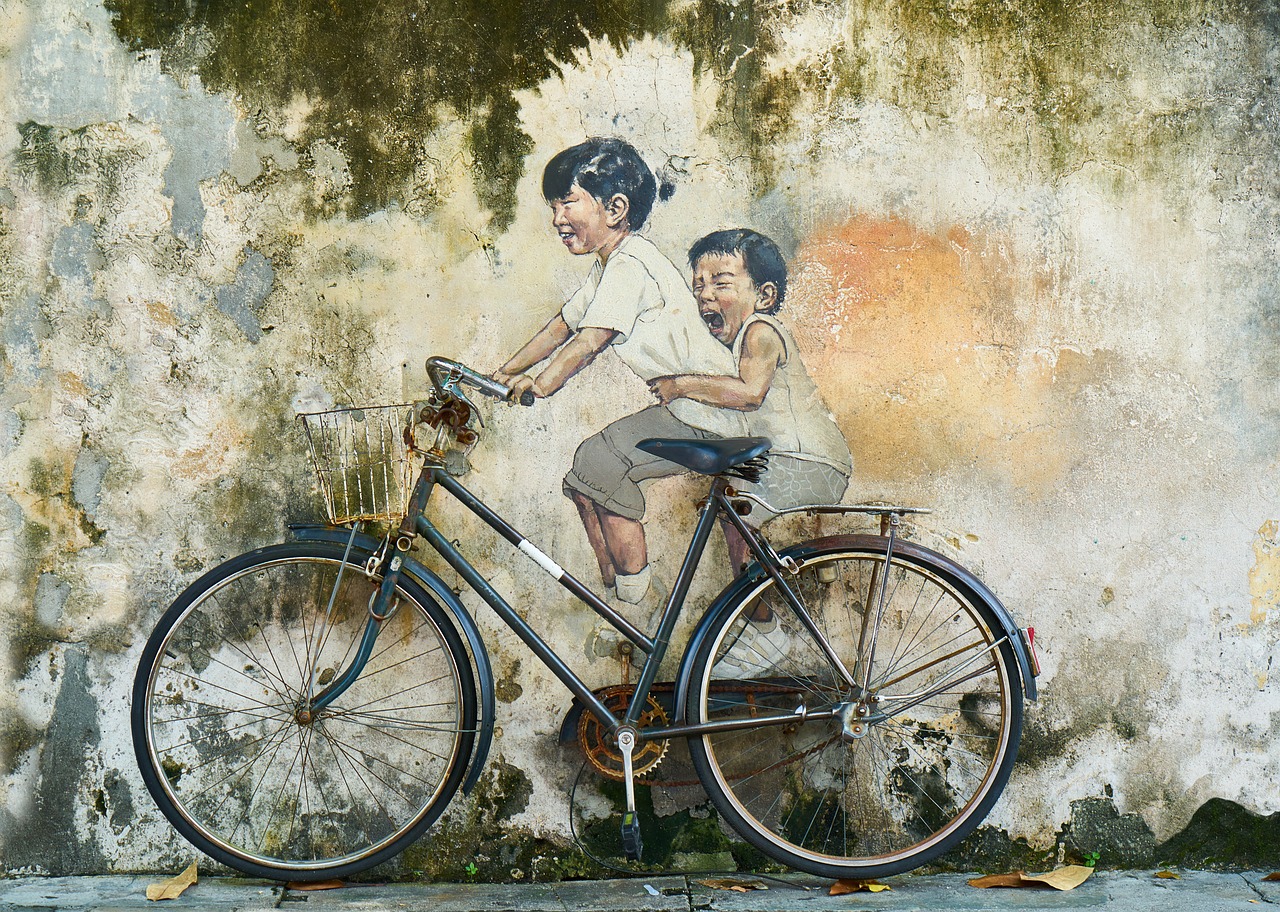
Minimalism and the Space Race
Exploring how significant historical events have influenced the evolution and direction of various art movements throughout history, shaping artistic styles, themes, and techniques in response to societal changes and cultural shifts.
The Minimalist art movement emerged in the 1960s as a response to the technological advancements and space exploration of the Space Race era. Artists sought to create works that reflected the purity, order, and precision of the scientific and technological progress happening around them. Minimalist art is characterized by its simplicity, geometric forms, and emphasis on space and materials.
Minimalist artists like Donald Judd and Sol LeWitt focused on reducing art to its essential elements, stripping away unnecessary details and ornamentation. They often used industrial materials such as steel, glass, and concrete to create sleek, geometric sculptures and installations that interacted with the surrounding space.
One of the key principles of Minimalism was the idea that art should be self-referential, existing solely for its own sake rather than representing external subjects or narratives. This approach mirrored the scientific exploration of outer space, where the focus was on the exploration and understanding of the unknown rather than on personal expression or storytelling.
Minimalist artworks often created a sense of contemplation and introspection in viewers, inviting them to engage with the artwork and the space it occupied. The stark simplicity of Minimalist compositions emphasized the relationship between the artwork, the viewer, and the surrounding environment, drawing attention to the physical presence and materiality of the art object.
Overall, Minimalism in art during the Space Race era reflected a desire to distill art to its purest form, mirroring the scientific and technological advancements of the time and exploring the boundaries between art, space, and the viewer's experience.
Q: How did historical events influence art movements?
A: Historical events such as wars, revolutions, industrialization, and globalization have had a profound impact on art movements by shaping artists' responses to societal changes, cultural shifts, and technological advancements.
Q: What is the significance of Minimalism in the context of the Space Race?
A: Minimalism emerged as a response to the technological advancements of the Space Race era, emphasizing simplicity, order, and the relationship between art and space. Minimalist artists sought to reflect the purity and precision of scientific progress through their minimalist compositions.
Q: How does Minimalism differ from other art movements influenced by historical events?
A: Minimalism stands out for its focus on simplicity, geometric forms, and self-referential nature, in contrast to other art movements that may have emphasized narrative, emotion, or social commentary in response to historical events.
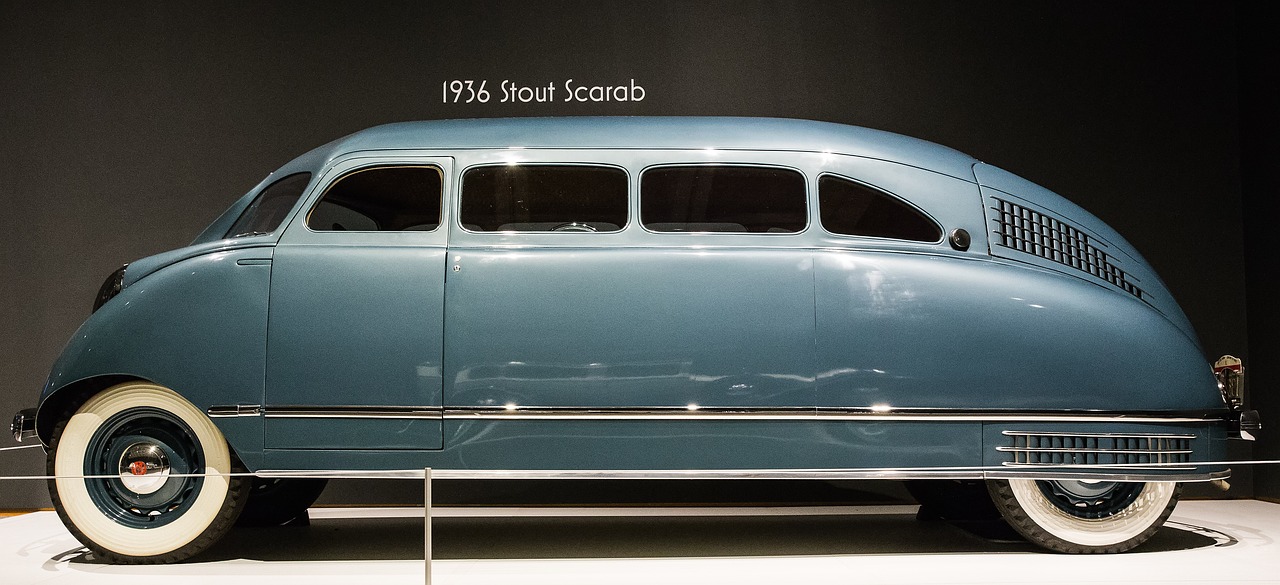
Postmodernism and Globalization
Postmodern art emerged as a response to the rapidly changing global landscape, challenging traditional artistic norms and conventions in the face of globalization. Artists in the postmodern era questioned the very essence of art, pushing boundaries and exploring new forms of expression that reflected the fragmented and interconnected nature of contemporary society. In a world where cultures, ideas, and identities intersect and blend, postmodernism embraced diversity and multiplicity, blurring the lines between high and low culture, originality and imitation.
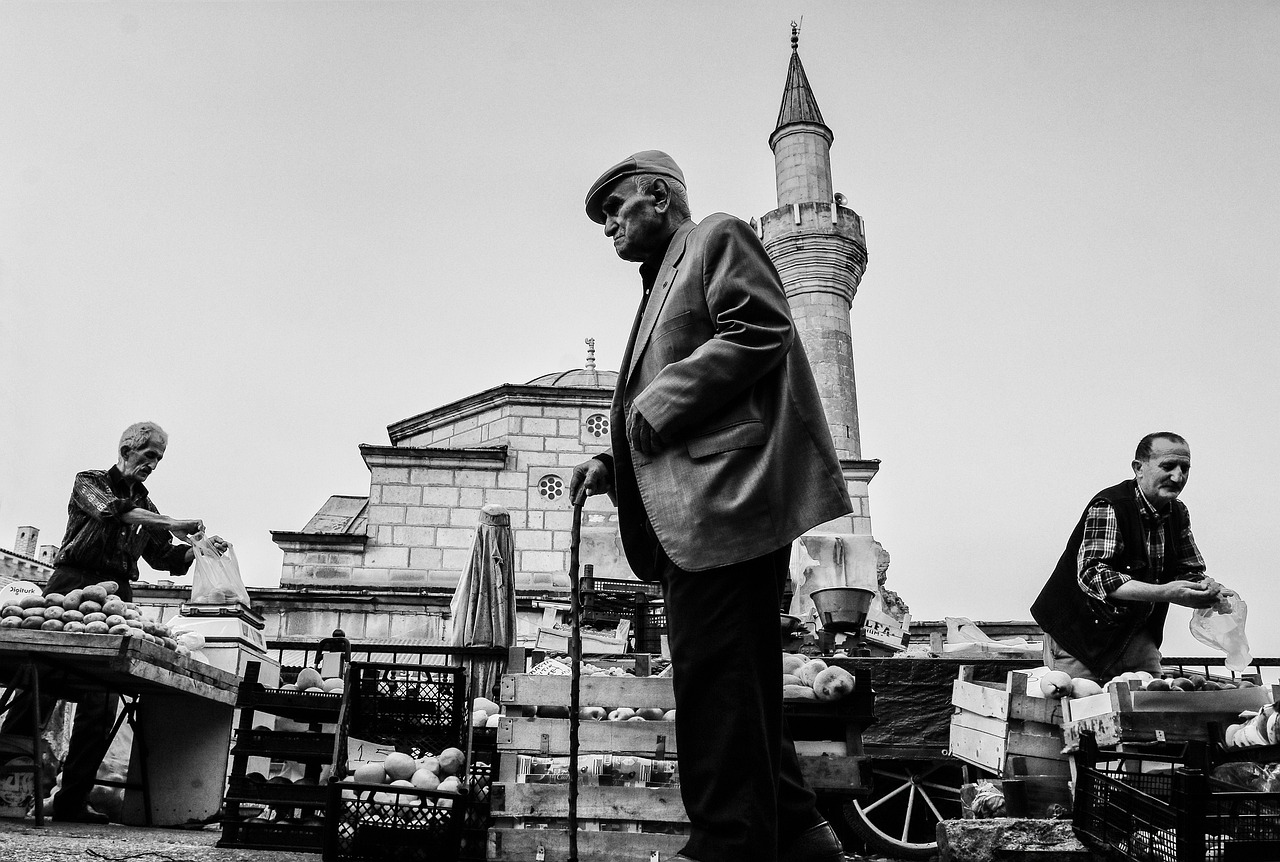
Street Art and Social Activism
Street art has evolved from an underground subculture to a powerful form of social activism, using public spaces as canvases to address pressing issues in society. Artists engage in political activism, social commentary, and cultural critique through their works, often challenging dominant power structures and amplifying the voices of marginalized communities. By utilizing public interventions, murals, and graffiti, street art becomes a visual medium that sparks conversations, provokes thoughts, and inspires change.
Frequently Asked Questions
- What is the significance of historical events on art movements?
Historical events play a crucial role in shaping art movements by influencing the themes, styles, and techniques artists use to express societal changes and cultural shifts.
- How did the Renaissance period impact art through humanism?
The Renaissance period was marked by a revival of classical humanist ideals, inspiring artists to create works that celebrated human potential, beauty, and intellect, leading to a profound influence on artistic expression.
- What role did industrialization play in the development of Impressionism?
Impressionist artists captured the effects of rapid industrialization by depicting urban life, modern technology, and changing landscapes with a focus on light, color, and atmosphere, reflecting the societal changes of the time.
- How did Abstract Expressionism reflect the post-World War II era?
Abstract Expressionism emerged as a response to the trauma and existential angst of the post-World War II era, conveying intense emotions and non-representational forms to express the complexities of the time.
- What is the significance of consumer culture in relation to Pop Art?
Pop Art critiqued consumer culture and mass media by incorporating imagery from advertising, popular culture, and everyday objects, challenging traditional notions of art and blurring the lines between high and low culture.
- How did the Space Race influence Minimalist art?
Minimalist artists responded to the technological advancements of the Space Race by creating simple, geometric forms and monochromatic compositions that emphasized purity, order, and the relationship between art and space, reflecting the era's focus on innovation and progress.
- What defines Postmodern art in the context of globalization?
Postmodern art questions traditional notions of authorship, originality, and authenticity in the globalized world, embracing pastiche, irony, and cultural diversity to reflect the fragmented and interconnected nature of contemporary society.
- How does Street Art contribute to social activism?
Street art serves as a powerful form of social activism, addressing political, social, and environmental issues through public interventions, murals, and graffiti that challenge dominant power structures and amplify marginalized voices, making a significant impact on society.






